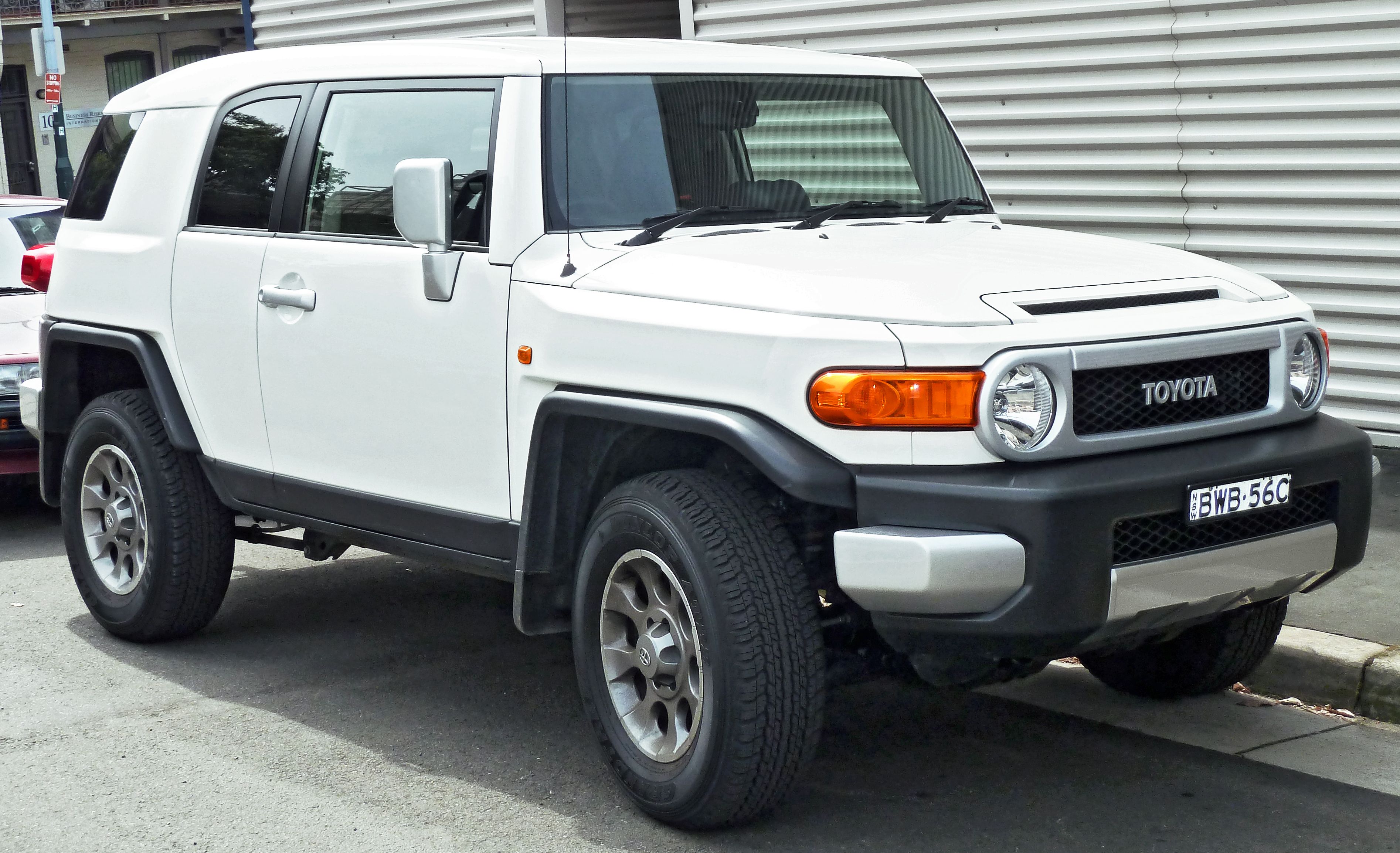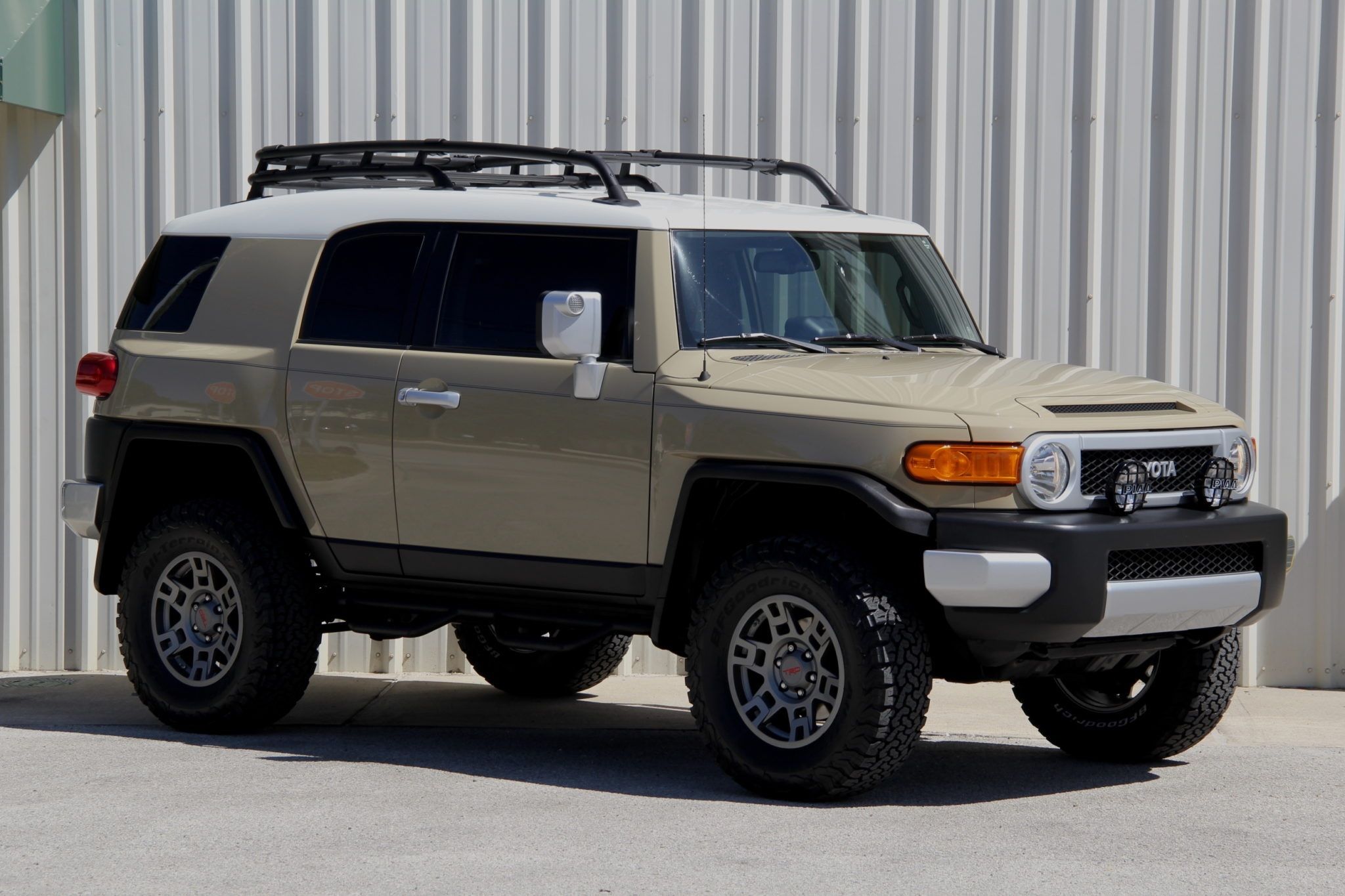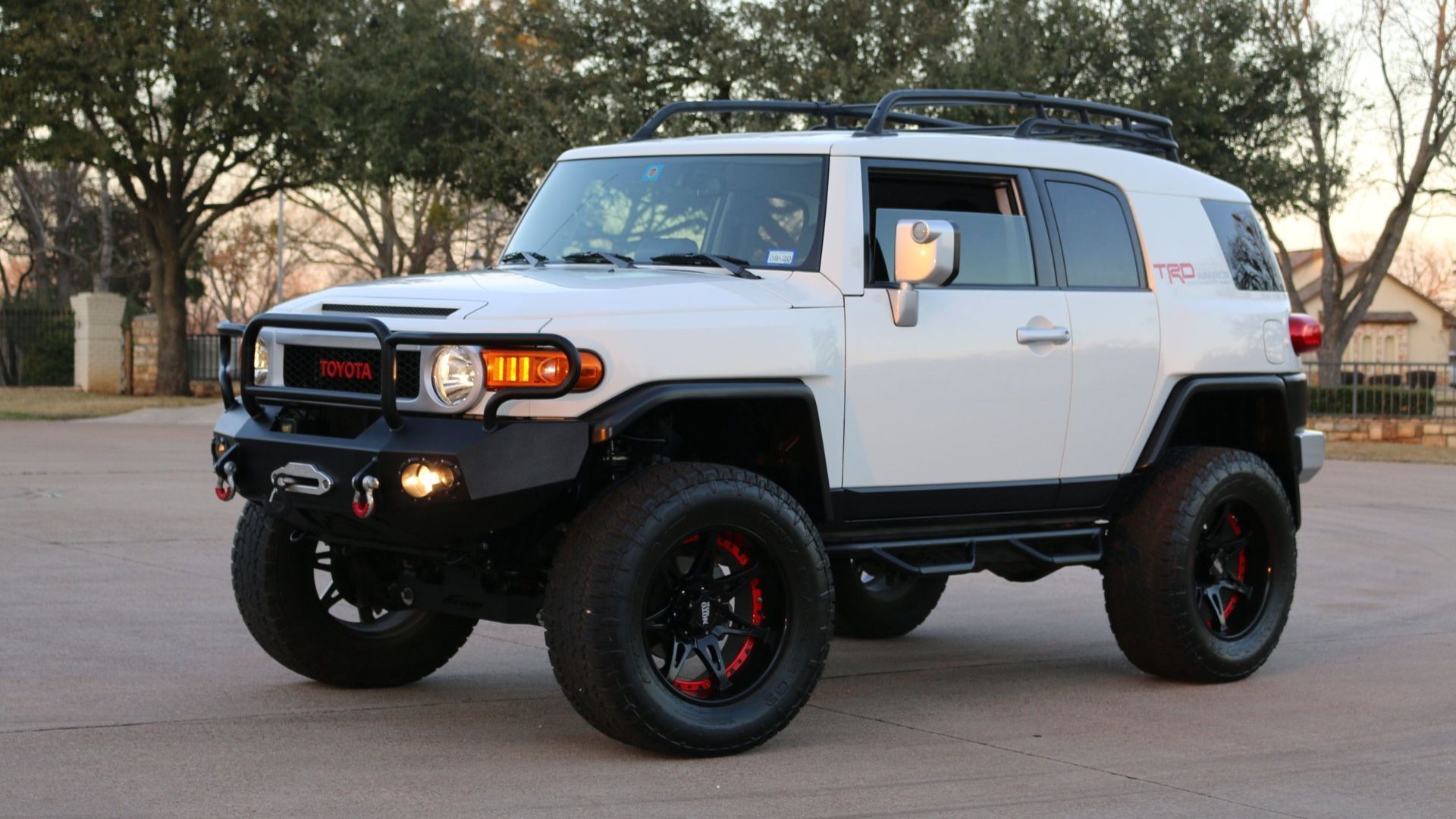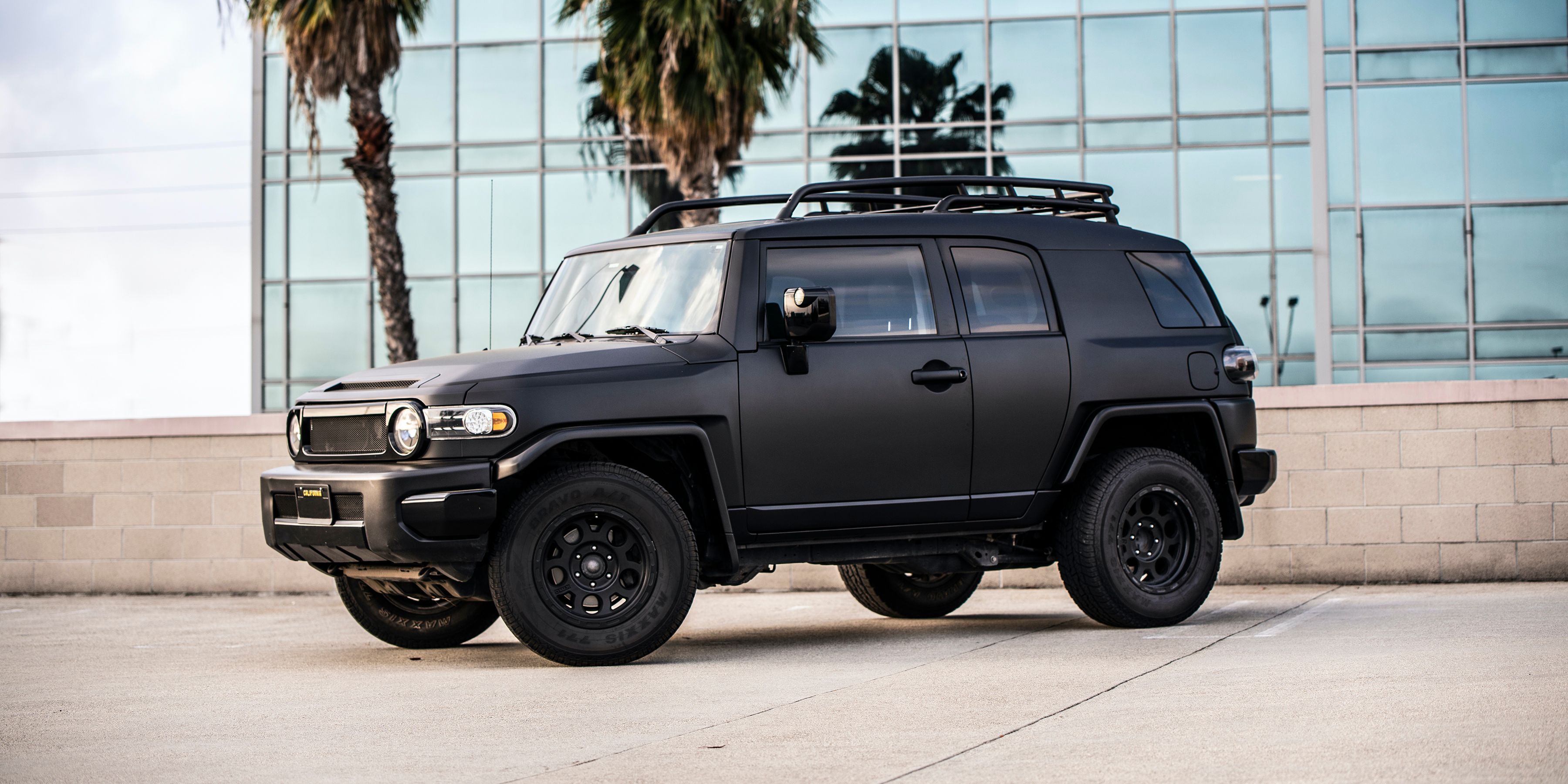The Toyota FJ Cruiser enjoyed a decent production run from 2005 to 2014 before lagging sales, starting with the 2008 recession, ended in its ultimate discontinuation. At that point, Toyota decided to begin marketing its TRD Pro Series and classic 4Runners with a similar appeal and capability.
Updated November 2021: If you're a fan of the awesome Toyota FJ Cruiser, or looking for some information as you're trying to decide if you should buy one, you'll be happy to know that we've updated this article with more content about both its production and discontinuation.
The FJ Cruiser was ideal for people who wanted a retro vehicle that was optimized for off-roading and off-road-ready adventures. While Toyota axed the FJ Cruiser in America by 2014, death was not the end, as it continued production in Japan until 2017 and continues in scattered other locations across the globe to this day.
Read on to find out more about the FJ Cruiser's heyday and ultimate downfall.
Sales Plummeted During Recession
The recession in 2008 was the start of plummeting sales and the end of profit — the first nail in the FJ Cruiser's coffin. The Toyota FJ Cruiser debuted as a concept in 2003 as a tribute to Toyota FJ Land Cruisers. The first production models arrived on the market as 2006 year models. They were initially very popular, made as a retro, off-road machine.
Unfortunately, the recession in 2008 hit Toyota hard, and sales for the FJ Cruiser plummeted as a result. It ended up being discontinued by 2014, although it was doing well before that. The FJ Cruiser's resemblance to the classic Jeep was largely to thank for that.
The FJ Cruiser was intended to be Toyota's shot at making an off-road vehicle different from the standard fare they produced at the time. When sales continued to plummet after the start of the recession, Toyota decided the sales were too lackluster to justify the manufacturing cost of producing a second generation, culminating in the FJ Cruiser's 2014 discontinuation.
Cost-Cutting Created Appeal For Competition
Admittedly, Toyota cut some corners when creating the FJ Cruiser, which allowed the competition to boast about how their vehicles didn't cut costs.
Upon its arrival at the 2003 Detroit Auto Show and subsequent 2006 production, the FJ Cruiser initially received many rave reviews. Toyota issued a statement saying how the FJ Cruiser “was developed as a basic, capable and affordable off-roader aimed specifically at serious off-roaders looking to push the limits.”
A lot of the vehicles' design and parts were either inspired by or adapted from the Tacoma and 4Runner, other popular Toyota vehicles. It also had a superb exterior design for off-roading, becoming even more popular with the off-roading crowd.
That said, Toyota made the mistake of cutting costs with the cabin, allowing the competition to gain an edge. Sales reflected this, as the FJ Cruiser never exceeded the sales of its initial year, 2006 when it sold 56,225 units. Following years would show sales max out at approximately 14,000 units a year.
Reception
When the FJ Cruiser debuted, it received tons of praise from the automotive press. However, it also had its critics. Many automotive journalists appreciated the fact that Toyota dared to sell such an aggressively styled and purpose-driven vehicle, seeing as the rest of the company's lineup was rather bland and conservative.
The press also loved the FJ for its off-road performance, something that was quickly backed up by the off-road community. The fact that it was so off-road focused was also something some reviewers criticized, claiming the SUV had too much body roll and low lateral grip performance.
Other areas where the FJ Cruiser received criticism were the large blindspots, which were a direct result of its design, the smaller than average cargo capacity, and rear seats that didn't offer much space and were difficult to access. Toyota attempted to rectify these issues by offering a reversing camera and changing the front seats' hinge mechanisms to allow for easier entry and exit from the rear.
It Kept Selling Overseas
Toyota developed the FJ Cruiser was primarily for the North American market, but eventually started selling it in other markets around the world, including the Japanese market since December 2010. Australia and New Zealand received the FJ Cruiser in 2011, in these markets, it was only available with a gasoline engine that was connected to an automatic transmission and powered all four wheels.
From 2017 onward, Toyota left the FJ Cruiser in very few select places across the globe. As of 2020, certain territories and countries across the globe continued to offer the FJ Cruiser.
Toyota Motor Philippines (TMP) dealerships still take orders for brand-new units, even going so far as to list it on their website, though increased demand and even more increased limited supply has ensured a significant price increase. The Middle East also has available Toyota dealerships with the FJ Cruiser as an option. The FJ Cruiser was at that point also still available in South Africa and Chile.
Even weirder, Tokyo, Japan- where the FJ Cruiser was supposedly discontinued in 2017- has left-hand drive models continuing production at the Hamura factory. Despite the price increase, nothing is new with the overseas models of 2020 that the last American model in 2013 didn't have. It even still has the same exterior design.
Sources: toyota.com, cnbc.com, autonews.com, motorbiscuit.com, autoindustriya.com,





